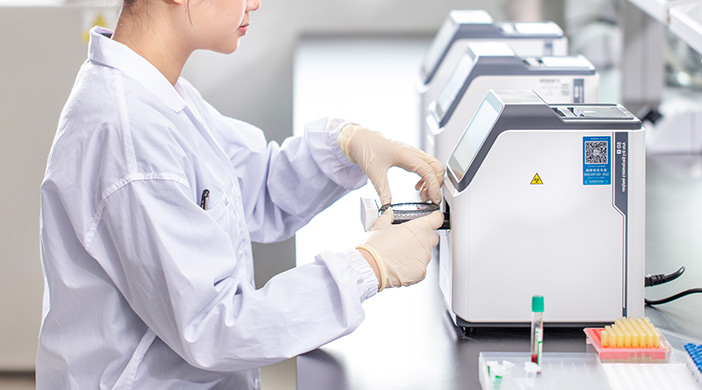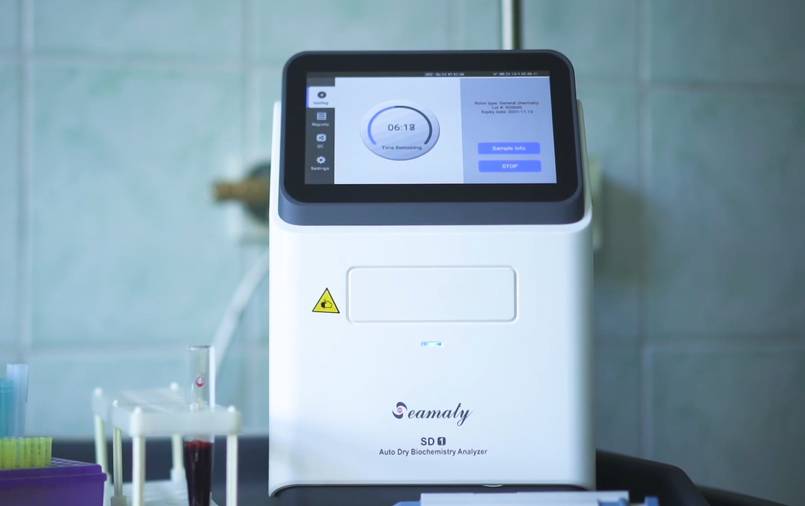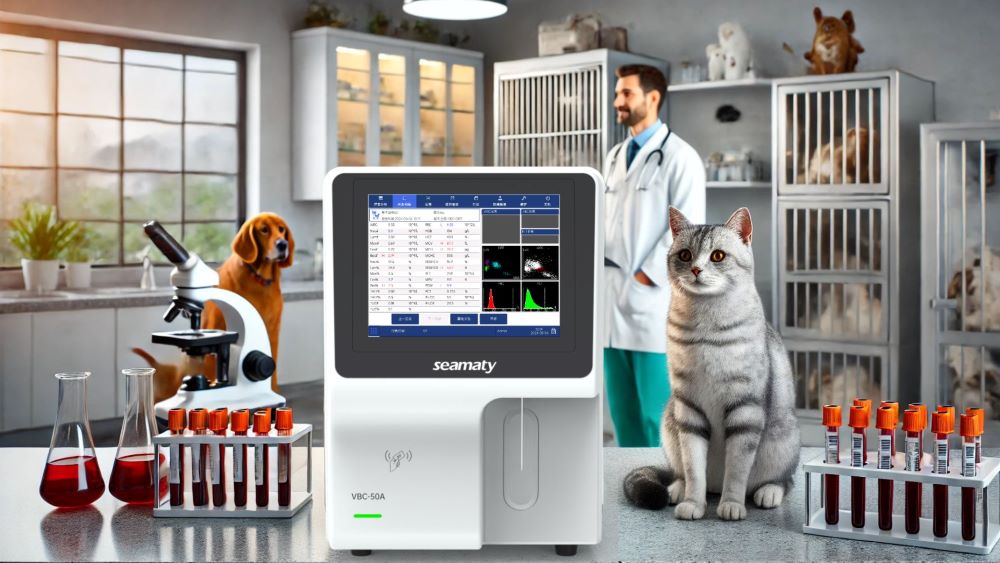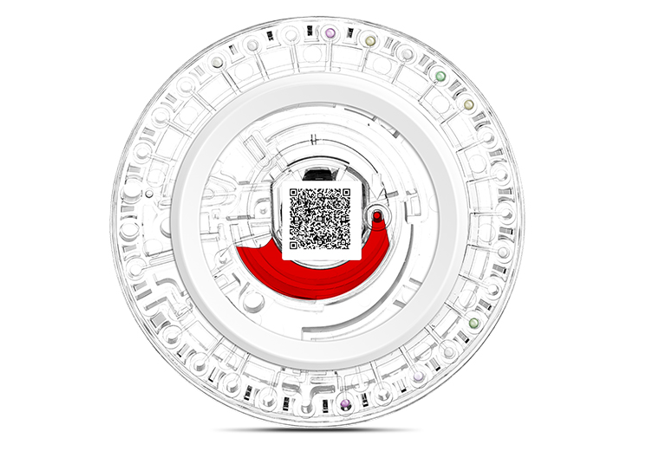Point-of-care testing (POCT) refers to clinical testing performed next to the patient (bedside testing.) POCT is usually not necessarily performed by a clinical laboratory technician, but is analyzed immediately at the sample site. This test method eliminates the complex processing of samples during laboratory testing, resulting in rapid test results.
In March 1995, the American Committee on Laboratory Standardization (NCCLS) published the AST2-P document, which first introduced the concept of point of care testing (POCT). Now POCT has become an important part of laboratory medicine.
Because of the advantages of miniaturization of
POCT instruments, simplicity of operation, and instant reporting of results, this testing method is favored by people.
Point of care testing devices are widely sought after because of their immediate convenience. 80% of diagnostic results in the U.S. come from POCT product testing, and the global POCT market size was about $17.5 billion in 2018. The largest market segment in the world is glucose monitoring in 2018, the market size of about 6.43 billion U.S. dollars. The market size of the non-glucose segment is about 11 billion U.S. dollars. The industry growth rate is about 10%.
What is the use of POCT?
Today, POCT is more convenient to use and has a wider range of tests and applications. From the initial detection of blood glucose and pregnancy, it has been expanded to monitor blood coagulation status, myocardial injury, acid-base balance, infectious diseases and therapeutic drug concentration monitoring (TMD).
The use of point of care testing has extended from accident scenes and homes to wards, outpatient clinics, emergency rooms, monitoring rooms, operating rooms, and even customs, community health stations, and private clinics.
Point of care testing applications have also expanded from clinical to food hygiene, environmental testing, anti-drug, and forensics.
POCT related technologies and clinical applications
In 2004, a European statistical report pointed out that POCT instruments and reagents sales of 122 million euros, will rise to 2,485.5 million euros by 2007, becoming the highest growth rate of medical devices in the world.
POCT mode is developing so fast, mainly due to the application of some new technologies.The basic principles of POCT and its clinical applications can be broadly divided into the following categories.
A
The relevant liquid reagents from the traditional method are infiltrated inside the absorbent material of filter paper and various microporous membranes. Then it becomes an integrated dry reagent block. Then it is fixed on a rigid type substrate to become various forms of
diagnostic reagent strips. Such as test strips for early pregnancy detection, myoglobin (Mb), CK-MB, troponin I (cTnI) and troponin T (cTnT), which are biochemical markers for AMI diagnosis.
This assay is suitable for whole blood, serum, plasma, urine and other types of samples.
B
Miniaturization of traditional analytical instruments. The operation method is simplified, so that it becomes
portable analyzer and hand-held equipment. Such as rapid blood glucose meter, blood gas analyzer, etc.
C
Integrate the above two into a unified system, such as urine analyzer which is commonly used in clinical practice, etc.

D
Application of biochip and biosensing technology to achieve rapid, high-throughput and accurate detection of substances to be measured.
For example, electrochemical techniques (such as miniature ion-selective electrodes) and optical biosensors to determine glucose, electrolytes and arterial blood gases. With the application of antibody immobilization techniques and specific DNA sequences, biosensor probes will soon be used to detect hormones, drugs, difficult-to-culture bacteria, viruses such as Chlamydia, tuberculosis, and human immunodeficiency virus.
Lab-On-a-Chip (LOC), is the result of system-integrated microlithography. It is a microchip that can complete the biochemistry analyzer. It realizes miniaturization of the original test instrument and makes a portable instrument.



